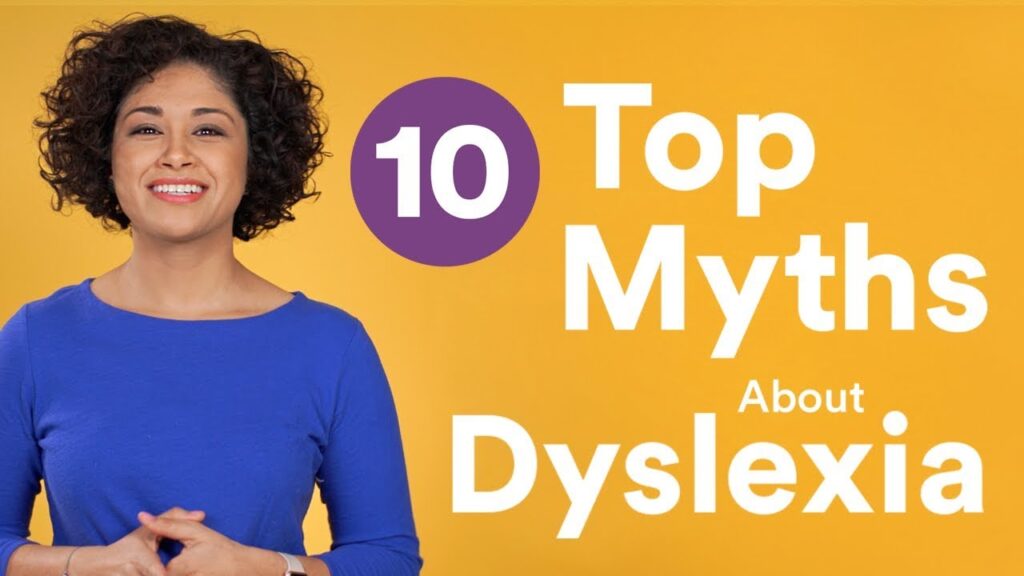Parents, teachers, and even students often believe specific statements about dyslexia. In reality, these statements are myths — and they can discourage or slow down the evaluation of students for this common condition. Learn more about the most common myths people believe about dyslexia.
What Are the Top 3 Myths About Dyslexia?
Have you ever heard someone say that a child couldn’t have dyslexia because they don’t write letters backward, or maybe a parent refuses to have their child evaluated for dyslexia because they’re “too smart” to have dyslexia? Consider these myths when investigating the need for a dyslexia evaluation:
-
Dyslexia Indicates Laziness or Low Intelligence
Perhaps the most harmful myth of them all. Dyslexia is a neurologically based learning disability that affects word decoding, recognition, and spelling, as well as how a child learns to read — but it has nothing to do with intelligence. Many people with dyslexia compensate for these struggles in other ways and “mask” their dyslexia, making it difficult to diagnose.
Some children with dyslexia are gifted, yet they experience this specific learning disability. Children who have both high intelligence and dyslexia are called twice exceptional. It’s important to carefully evaluate these students using a measure like the Tests of Dyslexia (TOD™) while also providing challenging enough material in school to address their giftedness.
Click here – What Is A Glookie?
-
Dyslexia Makes You Read Backward
This myth has some truth but is not entirely correct. Some people with dyslexia transpose letters but don’t read entire words or sentences backward. The backward writing of letters is not necessarily an indication of dyslexia, either.
It’s important to point out that dyslexia is not a problem with vision. Even if you give a person with dyslexia glasses, they will still have traits of dyslexia. The student may struggle to decode entire words, and reading may never be automatic. They may have to read each letter carefully while “manually” processing the word.
-
Dyslexia Is Rare
Dyslexia is quite common. It runs in families and is often associated with ADHD, autism, and other language-processing disorders. According to the Yale Center for Dyslexia & Creativity, people with dyslexia make up around 20% of the population!
When Should You Evaluate a Student for Dyslexia?
If you have a student struggling to read despite average (or even high) intelligence and has trouble with their self-esteem when it comes to reading, it may be time to assess for dyslexia. Assure your student and their parents that the myths listed here are untrue — and only serve to discourage early evaluation. Children with dyslexia can thrive in school when given the proper support.
Click here – What Is A Fanaloka?
Help Students in School With Reliable Dyslexia Assessments
Children and teens with dyslexia need special attention when learning to read and manage their daily schedules. Early evaluation is the key to success. Get in touch with WPS to learn more about the Tests of Dyslexia (TOD™) assessment: A research-backed, comprehensive evaluation tool that can help your students succeed in school and beyond.






